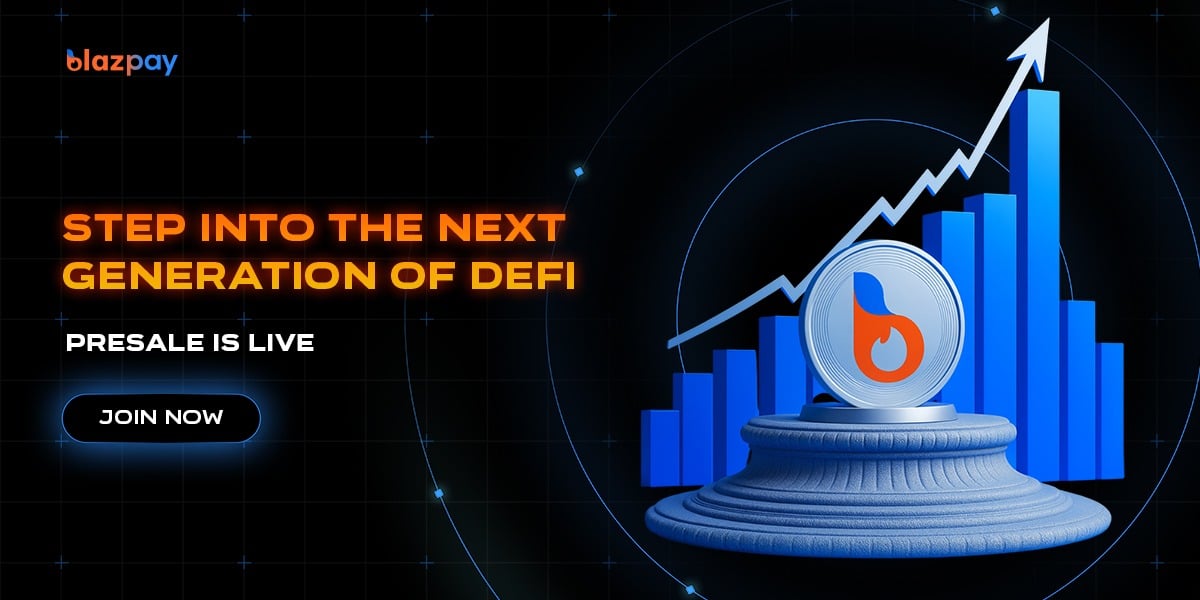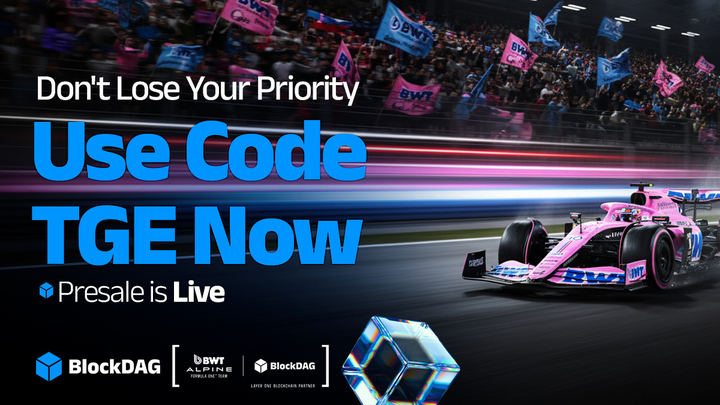Table of Contents
- A Thorough Exploration of the Blockchain Block
- Decoding the Concept of a Blockchain Block
- The Advent of Blockchain: The Genesis Block
- Significance and Role of the Blockchain Block
- Insights into Block Creation and Validation
- Final Thoughts
- Common Questions and Answers (FAQ)
- 1. What defines a blockchain block?
- 2. What is the role of the first blockchain block?
- 3. How is a new block in the blockchain formed?
- 4. Why are blocks crucial in a blockchain?
- 5. Can the content of a blockchain block be modified?









